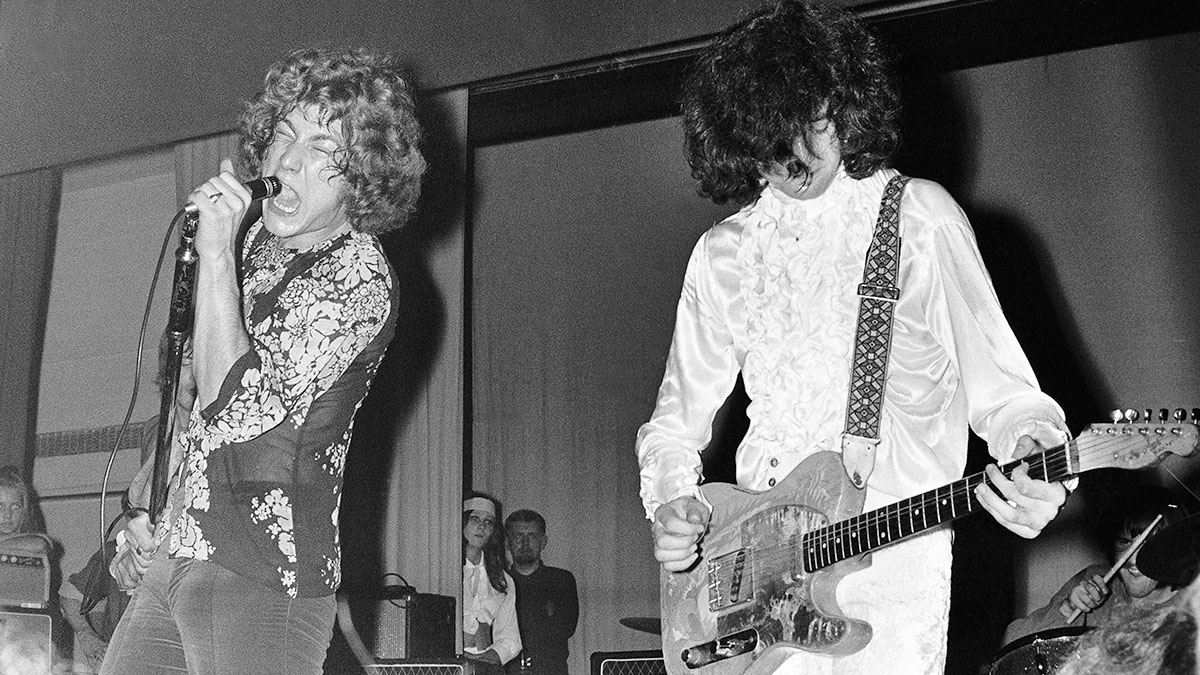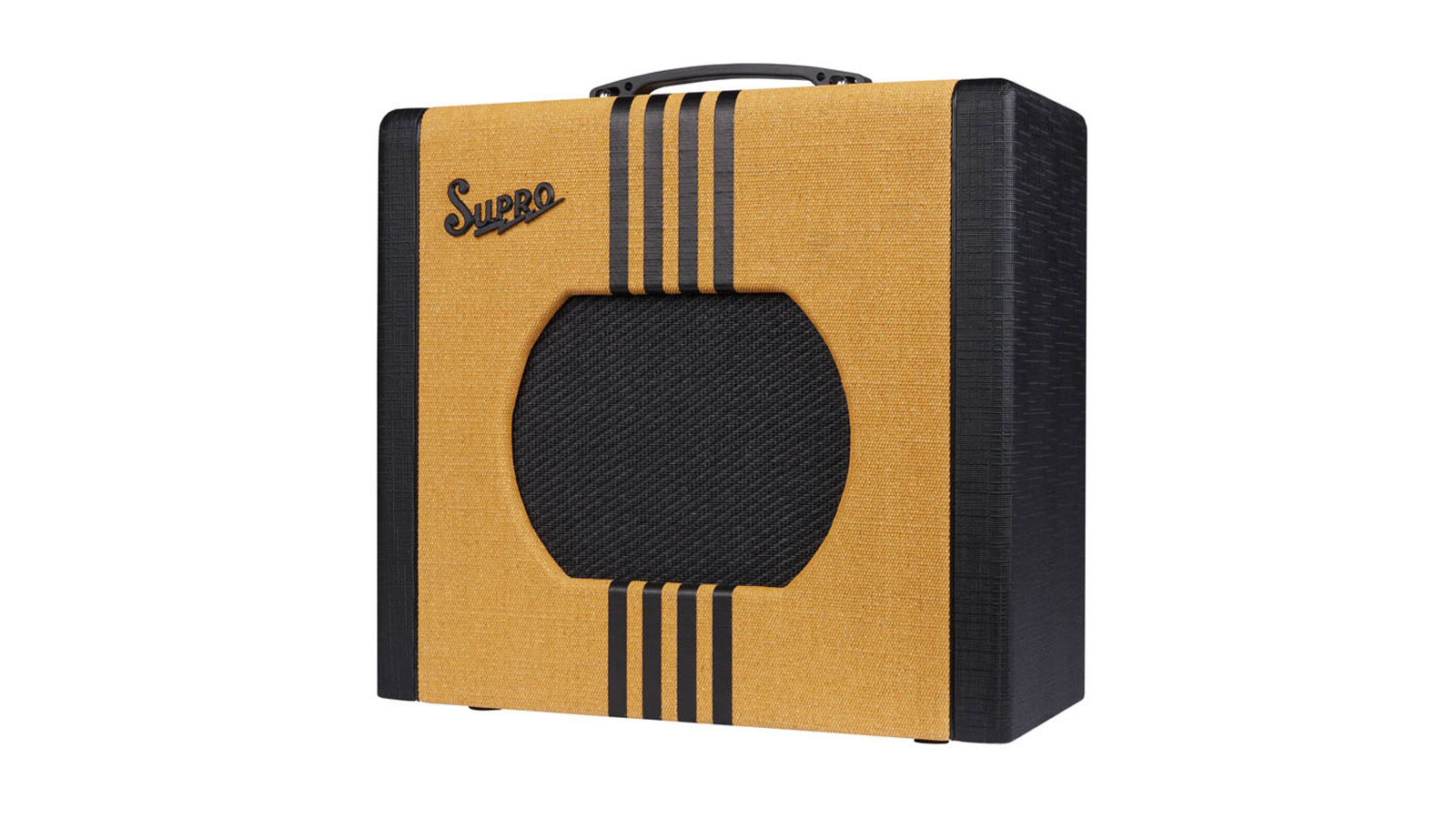The secrets behind Jimmy Page's guitar tone on Led Zeppelin's Communication Breakdown
With a souped-up Supro, a Tele and a Vox wah for the solo, Page tracked one of the most iconic tones in classic rock

For decades, all that tone chasers knew about the mysterious amp that Jimmy Page used to record the first Led Zeppelin album (as well as his legendary Stairway to Heaven solo) was that it was a Supro with a 12-inch speaker.
In 2019, the mystery was definitively solved when Page, working in partnership with producer/guitar collector Perry Margouleff, loaned his original Supro to amp builder Mitch Colby, who painstakingly duplicated every detail for the Sundragon amp project.
Page’s amp was originally a 1959 Supro Coronado 1690T, but it underwent several modifications after it was badly damaged when it fell out of the back of a van while Page was touring with Neil Christian and the Crusaders in the early '60s.
Key modifications made during the repair included swapping the 5V4 rectifier tube for a Mullard GZ34 (which increased B+ voltage), replacing the 12AX7 preamp tubes with Mullard ECC83s (the GE 6L6 power tubes remained, however), changing a handful of components with British parts and replacing the original pair of 10-inch speakers with a single 12-inch speaker that was an Oxford speaker re-coned with a Pulsonic cone.
GUITAR: 1959 Fender Telecaster with rosewood neck (bridge pickup), Volume: 10, Tone: 10
AMP: 1959 Supro Coronado 1690T (Input: Channel 1 Treble, Volume 1: 10, Volume 2: 10, Tone: 8, Intensity: 0, Speed: 0) with 12-inch Oxford speaker re-coned with Pulsonic cone
EFFECTS: 1967 Vox wah (stationary at toe-down position, solo only)
STRINGS/TUNING: Ernie Ball Super Slinky .009-042/Standard
PICK: Herco Heavy nylon grey
The amp was also biased “cold,” which allowed the amp to generate distortion at lower volume levels and distort more heavily at full volume. The end result was a truly unique hybrid of American and British amp technology – no wonder gear hounds searched in vain for so long.
Because Led Zeppelin weren’t signed to a record label when they recorded Led Zeppelin, the band produced the album on a minimal budget like a demo, using a bare minimum of gear. Page’s main guitar on the album was a 1959 Fender Telecaster with rosewood neck.
Most of the tonal variation came courtesy of using the Supro’s four individually voiced inputs and distance mic'ing. Because the Supro’s two channels are wired in parallel, the two volume controls and single tone control are highly interactive, which also expands its tonal versatility.
All the latest guitar news, interviews, lessons, reviews, deals and more, direct to your inbox!
For the solo on Communication Breakdown, Page used a Vox wah set stationary to the full “toe-down” setting to boost the treble EQ.
Get the sound, cheap!

Squier Affinity Telecaster with Indian laurel fingerboard

Supro Delta King 12 combo

Vox V845 Classic Wah
Chris is the co-author of Eruption - Conversations with Eddie Van Halen. He is a 40-year music industry veteran who started at Boardwalk Entertainment (Joan Jett, Night Ranger) and Roland US before becoming a guitar journalist in 1991. He has interviewed more than 600 artists, written more than 1,400 product reviews and contributed to Jeff Beck’s Beck 01: Hot Rods and Rock & Roll and Eric Clapton’s Six String Stories.

